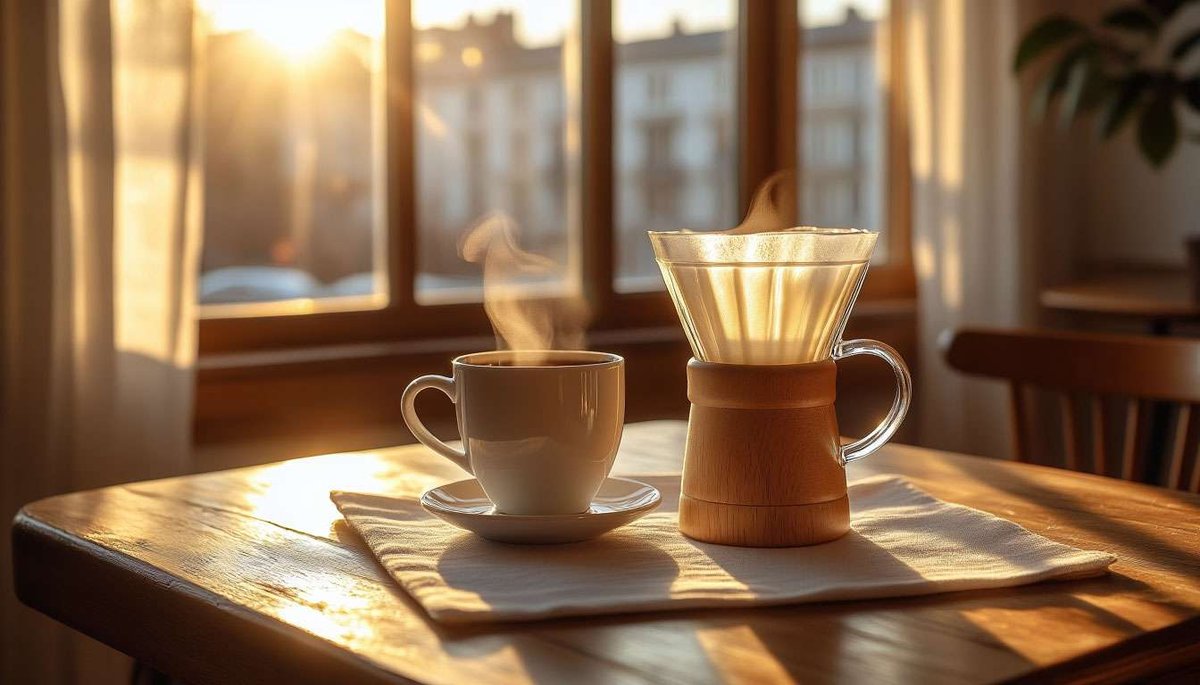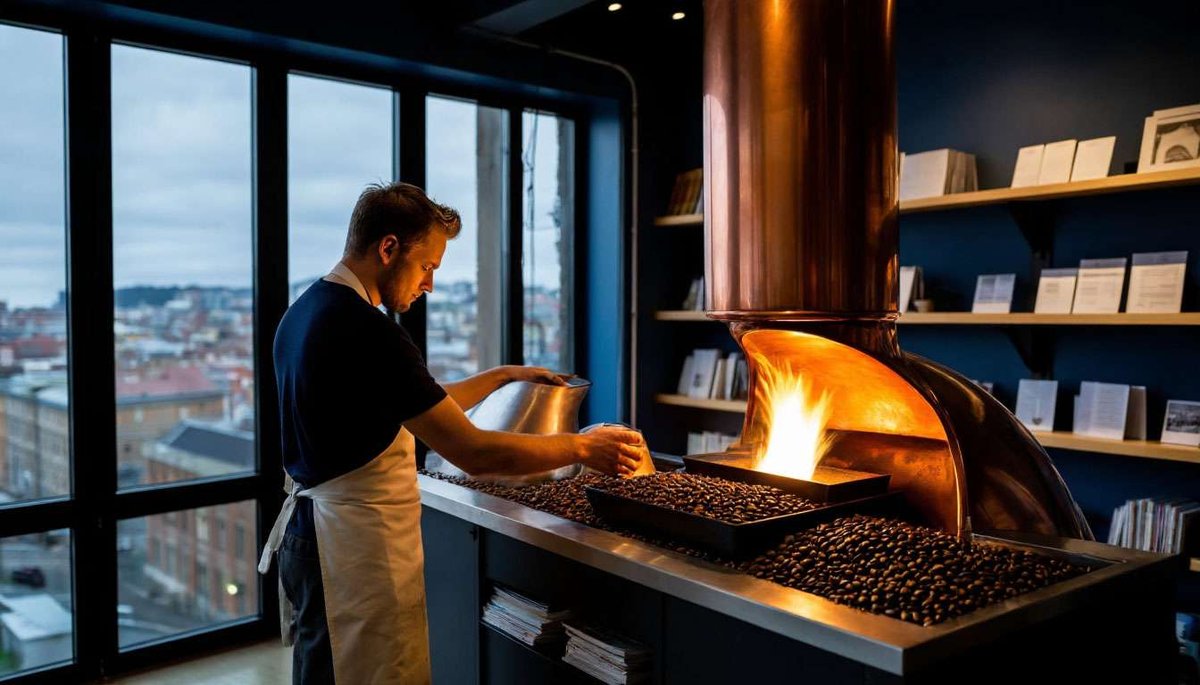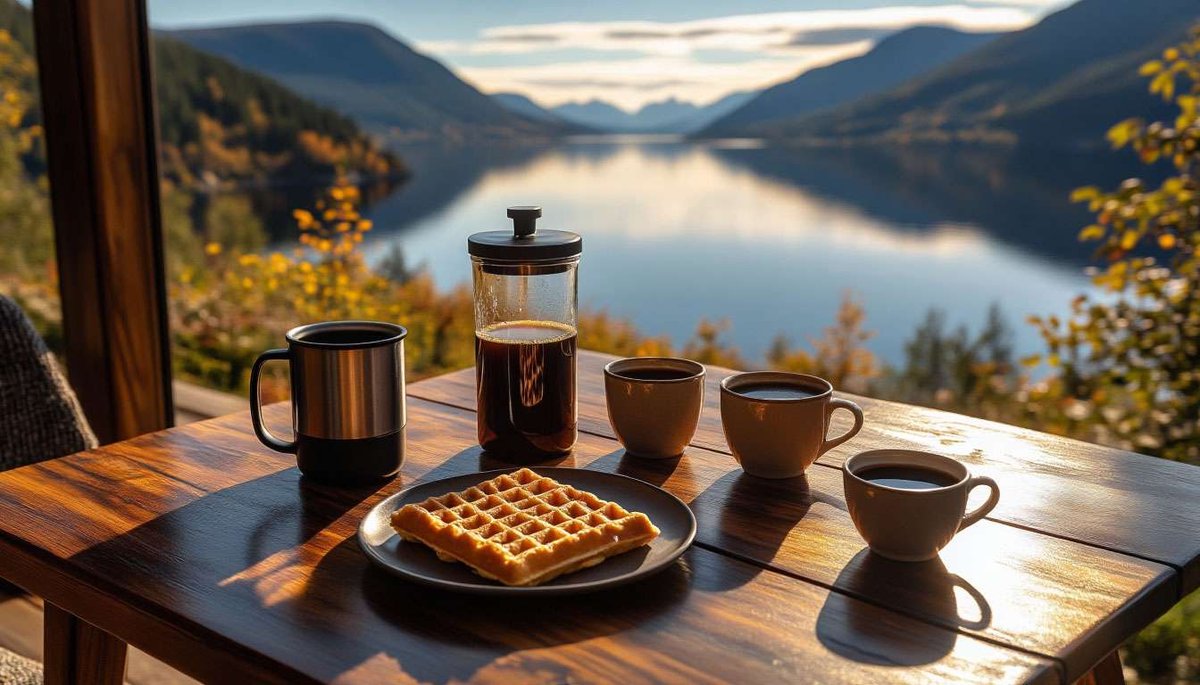Coffee nation: svart kaffe, filter masterpieces and how Norway amazes the world's baristas

In a country where winter lasts six months, a cup of hot coffee is not just a habit, but a cultural ritual. Norwegians rank second in the world for coffee consumption: more than 9 kg per person per year. And the star of the show is svart kaffe: a clean filter coffee with bright acidity and notes of northern berries. Let's find out how Scandinavian roasting conquered the world, why baristas measure TDS, and where tourists can find the "best cup of the North."
How did Norwegian coffee culture originate and what is "Scandinavian roasting"?
The first beans arrived in the 1760s via Dutch colonies. By the 20th century, coffee had replaced beer as the "meeting drink": the introduction of Prohibition in 1916 spurred the growth of coffee houses. In the 1990s, Norwegians became fascinated with light roasting: the beans are roasted to 205°C (City) to preserve fruity and berry notes. This style was called "Scandinavian": the coffee is light brown with high acidity and sweetness.
What is Tim Wendelboe famous for and what is his contribution to the global coffee scene?
Oslo barista Tim Wendelboe became the 2004 WBC world champion and opened the Tim Wendelboe micro-roastery (Grüners gate, Oslo). He popularised the concept of "origin specific" and the term "juicy cup" — a cup with a transparent red berry flavour. His coffee shop is a pilgrimage centre for baristas: they serve V60, AeroPress and filter-roasted espresso.

Why do Norwegians prefer filter coffee to espresso?
- Climate: the large volume of the filter (250 ml) makes it easier to warm up.
- Taste: light roasting is better revealed with a "long" extraction.
- Sociality: coffee is served in thermos flasks on the table, creating a "kaffepause" atmosphere.
Where to find the best cup in big cities?
- Oslo: Tim Wendelboe • Fuglen • Supreme Roastworks.
- Bergen: Kaffemisjonen • Blom Bakeri & Kafferøsteri.
- Trondheim: Jacobsen & Svart • Pala Kaffebrenneri.
- Tromsø: Risø mat & Kaffebar • Smørtorget.

How can tourists navigate the menu and choose a variety?
Pay attention to:
- Process (washed/natural) — affects the purity of the taste.
- Roasting (lysbrent = light) — typical for Norway.
- Brew method: V60 (clean profile), Kalita (sweeter cup), Aeropress (denser).
Baristas will gladly offer you "dagens brygg" — coffee of the day: the perfect way to start your acquaintance.
Can I bring Norwegian coffee home and how should I brew it?
Buy 250 g packs of freshly roasted coffee (roasted within the last three weeks). Store at home at 15–18 °C in a valve bag. For V60, use 15 g of coffee per 250 ml of water at 96 °C, medium grind (700 µm), pour ratio 2:40. The taste should reveal notes of blackberry, mandarin and sugar syrup — the hallmark of Norwegian roasting.
Norwegian coffee is not about strength, but about purity and juiciness of flavour. One cup of filter coffee at Tim Wendelboe can change your perception of the drink: here, the coffee resembles a berry compote with a floral aftertaste. Visit a couple of Oslo coffee shops, buy some beans with the roast date on the packet and have a Scandinavian kaffepause at home — the northern tradition of a cosy break will fill your weekdays with the aroma of high-quality beans and the tart whisper of the Norwegian fjords.





2 comments
Log in to leave a comment